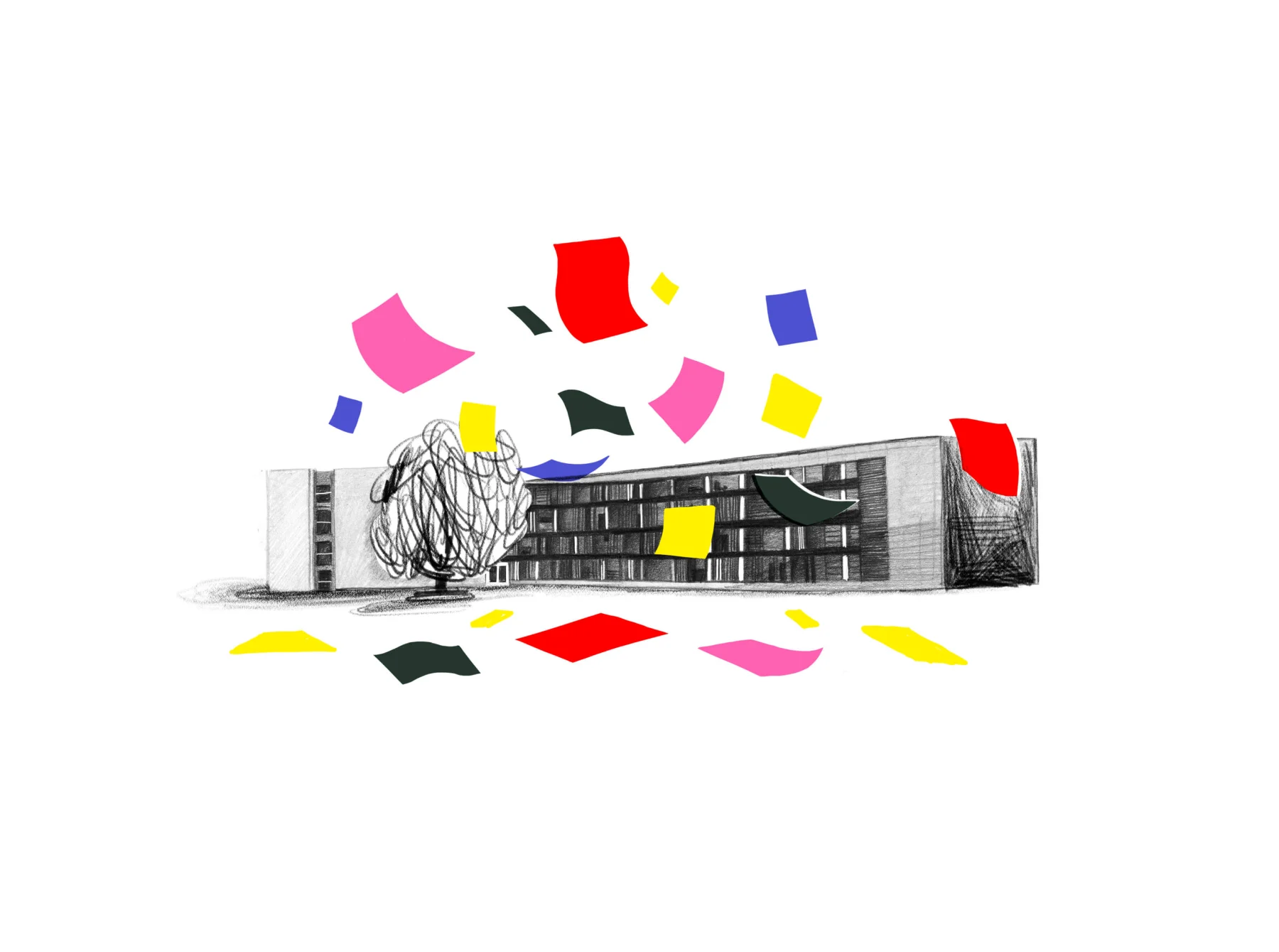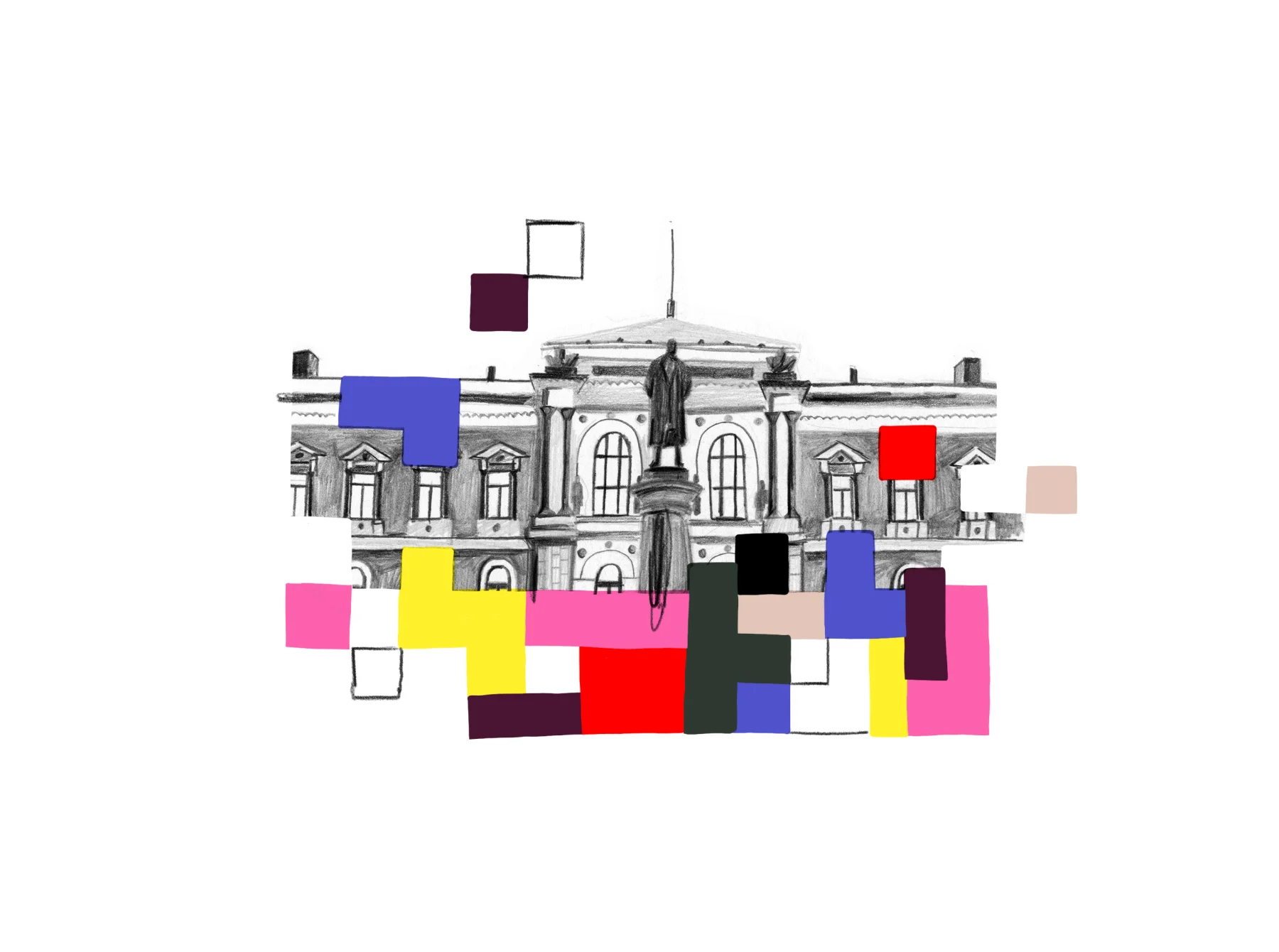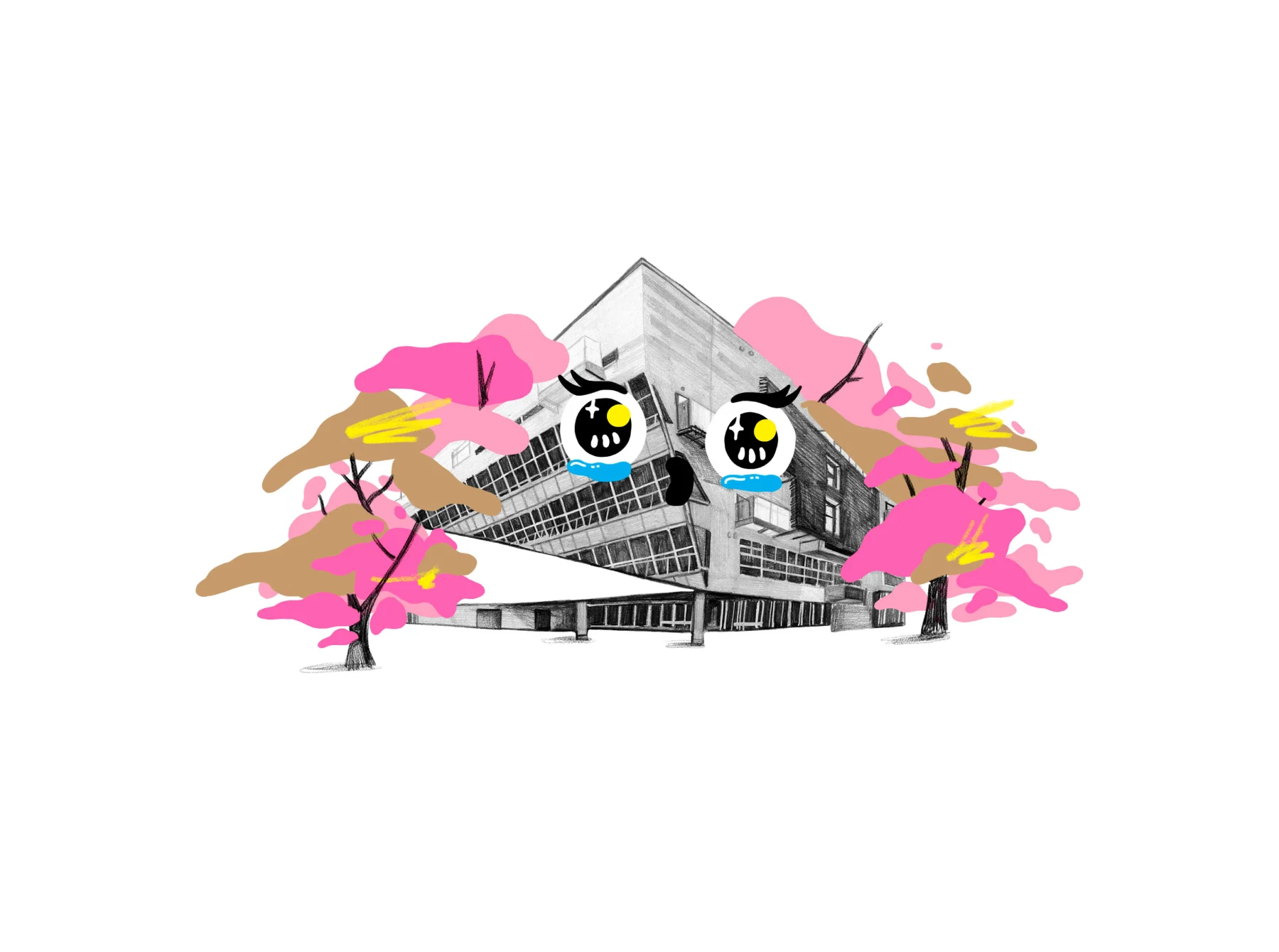

Creative education is vital. But creative education is, in places, broken. So WeTransfer has long been interested in supporting new types of programs.
It’s why we helped Nelly Ben Hayoun launch The University of the Underground, a free masters course that uses design thinking to challenge the way the world works.
From there, we developed the Pioneers list. Working with our pals at Creative Lives in Progress (formerly Lecture in Progress), we have identified eight schools around the world who deserve credit for doing things differently. See the whole list here.
“The argument between analogue or digital is redundant and boring. We stopped having it 15 years ago.” Shane Hulbert does not mince his words. The associate professor of photography at the Royal Melbourne Institute of Technology (RMIT) sounds exasperated at the mention of this debate. Modern discourse around photography education tends to circle back here. And RMIT want little to do with it.
“Photography is a moving discipline,” Shane explains. “We understand the need to recognize innovation and apply this to our curriculum.” It’s indicative, certainly, of a department that has continued to keep one eye fixed on the world that borders its discipline. It needn’t be a case of picking sides, or some retired expectation of students to pay their dues in the darkroom.

“There is no singular mode or approach to photography,” he says. “We aim to provide a platform for our students to interrogate photography in all its forms. This includes the canons of art, commerce, fashion, documentary and photo-journalism, but also imaging futures, technology and the application of photography in society.”
If RMIT sounds unapologetically forward-thinking, it’s mainly due to the fact it’s pretty much seen it all. Founded in 1887 as the Working Men’s College, RMIT operated as a night school, teaching art, science and technology to over 320 students – notably, both men and women. Today, that number has swelled to just over 87,000 students across several disciplines and locations. RMIT started teaching photography right at the start in 1887 and has done so ever since, which, according to Shane, makes it one of the oldest-running photography programmes in the world.
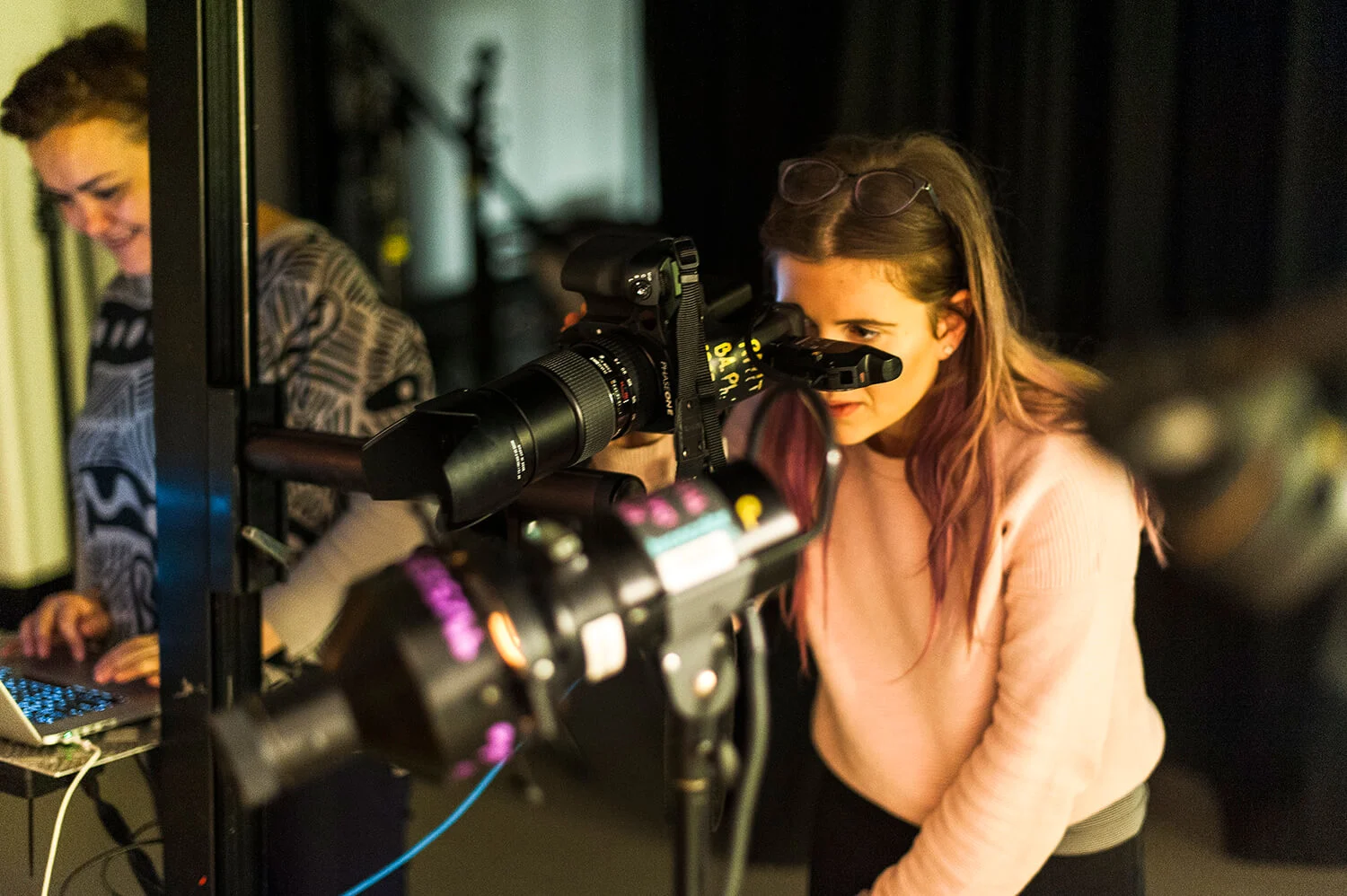
When a photographer composes, they do it through their own insights and their own experiences of being in the world.
Over that time, much has changed. RMIT has seen large format make way for film, and later digital. They've observed cameras getting smaller, and arguably, more powerful. Figures such as fashion icon Iris Apfel have sat in front of the lenses of its graduates.
Its students have captured the previously unseen in the worlds of surgery and autopsy, scanning and magnifying microscopic cellular organisms under electron microscopes. In the 1980s and 1990s, a perfect storm of talented students and staff garnered a global reputation for commercial photography and advertising. And in 2016, graduate Lisa Saad won the Australian Institute of Professional Photography’s Photographer of the Year Award with The Anonymous Man #11 – an unconventional entry digitally manipulated from individually photographed elements.
RMIT courses are highly competitive and potential students endure a selective portfolio-based application process - approximately 30% of applicants were accepted onto the undergraduate photography course in 2017. So what is RMIT doing today that’s so different? Well, the truth is, nothing. Because from the outset, RMIT has built a reputation for pushing the discipline, remaining on the right side of progress and adapting to changes in industry. Today, it’s simply doing what it’s always done. As Shane puts it, “We’re teaching photography.”
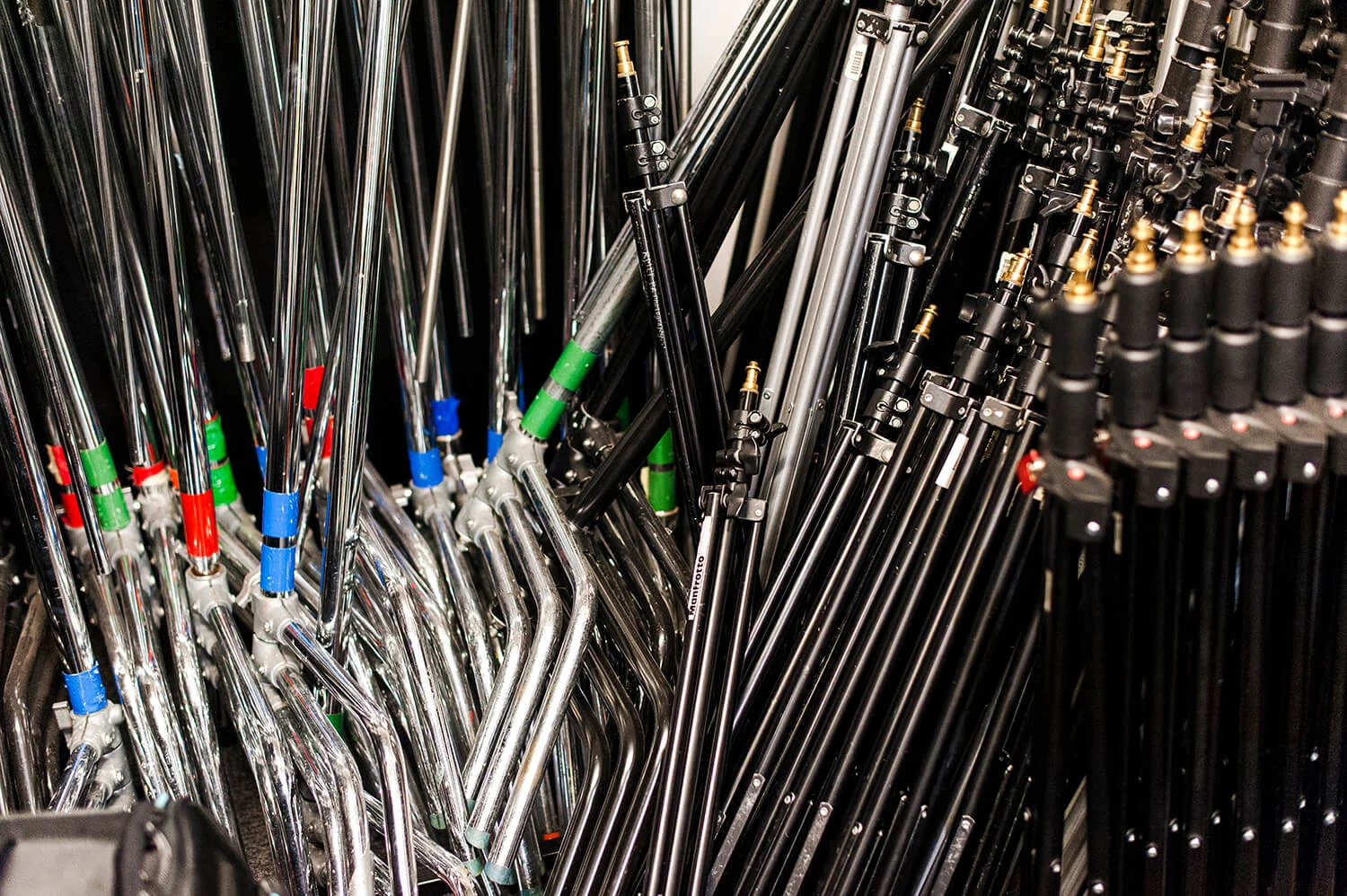

Photography, its application and context, sits at the forefront of how people will engage with the future.
In the first instance this means remaining responsive to the industry. While this objective hasn’t changed, the world certainly has. Think technology, techniques, trends. And while RMIT’s age is certainly impressive, for Shane, that’s only part of what makes it special.
“Our rigorous training in technology and technique is our point of difference. In exploring photography, we promote it as a technologically determined medium with a unique visual language. Students are encouraged to master the medium.”
RMIT students are taught essential practical skills (studio lighting, workflow and process, and cultures of photography) in professionally equipped photography studios. Equipment is consistently updated, with a loans store available for students to borrow quality lenses and other equipment.

Core courses in theory and practice complement practical training. Workshops also take classes outside, occasionally shooting on location. It’s not wholly prescriptive, though, with students voting to study courses on particular topics of research or contemporary photography. This keeps teaching rooted in contemporary practice, with lecturers also proposing courses based on their own practice and research areas. This in turn offers students a multigenerational perspective from those that have successfully made the leap from education to industry.
Technical prowess is one thing, but what about the students themselves? Last year, RMIT celebrated 130 years of photography education with a retrospective exhibition, Photography 130. Flick through the pages of the exhibition catalog and you’ll find a black and white photograph, taken in 1947 depicting a group of students in Fitzroy Gardens, Melbourne.
The class (over half of whom were women), are using a range of equipment to capture the Fitzroy Conservatory nearby. Some carry handheld film cameras, free to roam; one uses a tripod, remaining still. Some stand steady, two feet evenly planted on the ground; others crouch down, or kneel, or pivot slightly, weight shifted on to one leg. Some have their faces to the viewfinder; some hold the camera at arm’s distance, others at waist-height, as though shooting from their stomachs. All capture the same subject, but with their own individual approach.

In exploring photography, we promote it as a technologically determined medium with a unique visual language.
“(A) photograph is a reflection of the photographer,” Shane writes in the catalog. “When a photographer composes, they do it through their own insights and their own experiences of being in the world.” In an age when most phones have not one, but two cameras, we’re used to hearing that “everyone is a photographer.”
But the difference now is that, as Shane suggests, “Everyone wants to understand photography. The education of photography, whether as a singular major study or complementary to studies in other disciplines, is central to how students learn to engage with the future of society and employment.”
By the time they graduate, RMIT’s photography students should embody the university’s motto: ”A skilled hand and cultivated mind”. Graduate destinations are testament to this, even if they never pick up a camera again. As Shane notes, “We value transferrable skills and the knowledge that they will view photography through the ‘lens’ of practice. Many graduates run successful photography studios, work as curators, work in education or museums and galleries. We have graduates who work in film, advertising and journalism. One of our graduates is a member of parliament.”

At this point in time, we see photography increasingly embedding itself into everyday life. “Photography, its application and context, sits at the forefront of how people will engage with the future,” says Shane. “Machine learning, facial recognition, smart devices and disruptive technology all rely on innovations in how devices see, and algorithms are increasingly informed by vision.”
RMIT will continue to teach photography, but what that looks like in even a year’s time might be wholly different. One thing is for certain – no matter how the discipline continues to evolve, RMIT will be ready to capture it, in whatever form it presents itself.
Words by Marianne Hanoun
Photos by Sarah Pannell
Illustration by Jordan Andrew Carter
Name: Royal Melbourne Institute of Technology (RMIT), Department of Photography
Location: Melbourne, Victoria, Australia. RMIT has three campuses in Melbourne, two campuses in Vietnam, a research and industry collaboration centre in Spain and offers programmes through partners in Singapore, Hong Kong, mainland China and Indonesia
Head of Department: Dr Shane Hulbert
Courses Offered: BA in Photography; MA in Photography; Vocational Certificate in Photography and Photo Imaging; Vocational Diploma of Photography and Photo Imaging; and Vocational Diploma of Visual Arts
Notable Alumni: Cinematographer Greig Fraser was nominated for an Academy Award in 2017 for his work on Lion


